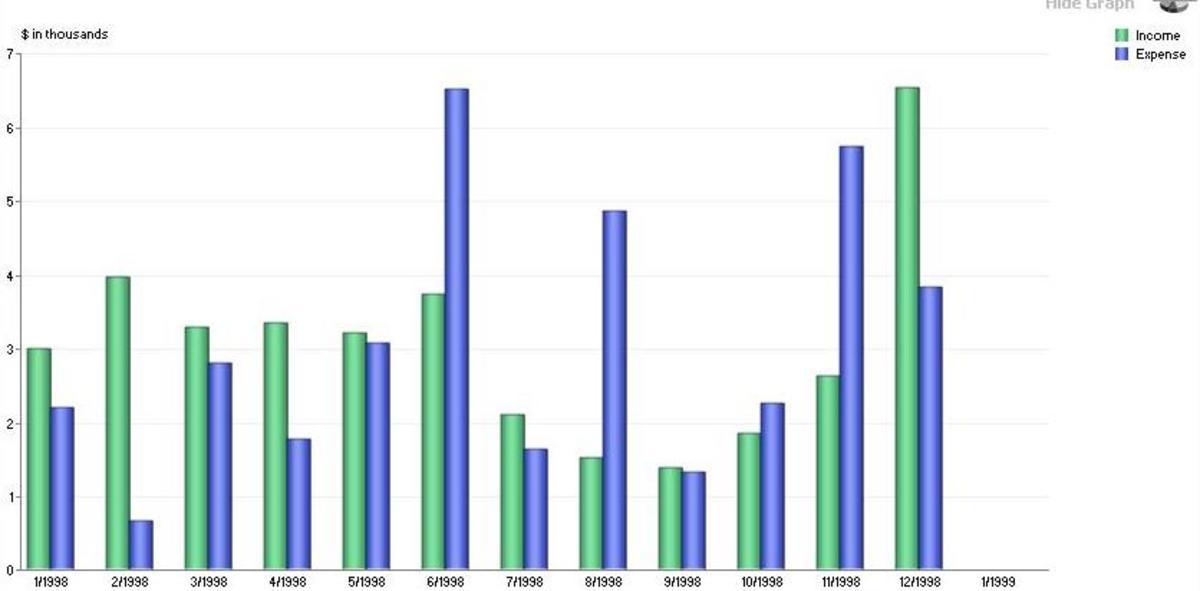Peter Drucker’s the Effective Executive: Chapter Two
In chapter two of his book, The Effective Executive, Drucker delves deeper into the topic of time management. This is especially close to hone because in my organization, I’ve really been pushing time management hard. Previously, this was not a priority and every single girl that started with me from the beginning has either quit or been let go simply because they could not figure out how to manage their time.
They were showing up late to meetings, not meeting deadlines, and struggling with being productive in their positions. I quickly discovered just how important time management really was for the success of my business and my team.
As Drucker (2006) very clearly states at the beginning of the chapter, “Effective executives, in my observation, do not start with their tasks . . . And they do not start out with planning. They start by finding out where their time actually goes” (pg.25), I have unknowingly followed the same mantra myself.
In this chapter, he attempts to walk his readers through the three main steps for getting a good hold on their time management: recording time, managing time, and consolidating time.
Time Demands on the Executive
I absolutely love Drucker’s (2006) explanation of time as a resource.
The supply of time is totally inelastic. No matter how high the demand, the supply will not go up. There is no price for it and no marginal utility curve for it. Moreover, time is totally perishable and cannot be stored. Yesterday’s time is gone forever and will never come back. Time is, therefore, always in exceedingly short supply. (pg.26)
Time is one of the biggest demands on a professional. Whether you are a teacher, an administrator, or a business owner, you will spend more of your time conquering tasks like talking on the phone, completing paperwork, and other tasks that are completely ineffective for moving further forward in your position, but absolutely need to be done.
Drucker makes a huge point in the text that it is big chunks of time rather than small constantly interrupted ones that make for the best use of an executive’s time. He uses many examples to prove this point and wants his readers to maintain focus on finding those big chunks of uninterrupted time to really be effective.

Recording Time
Drucker, plain and simple, makes it very clear that people cannot keep track of their time, regardless of how good their memory or organization skills.
"People kept in a room in which they cannot see light and darkness outside rapidly lose all sense of time. Even in total darkness, most people retain their sense of space. But even with the lights on, a few hours in a sealed room make most people incapable of estimating how much time has elapsed" (Drucker, 2006, pg.26).
This is why it is so critical that professionals take the time to actually write down, minute for minute, what they are actually doing with their time, as it really happens. This is one of the very first activities I now do with each and every one of my consultants before they move on to any other training. Every one of them is shocked by what they discover.
Drucker actually tells the story of a company chairman that swore that he knew exactly how he spent all of his time. However, his secretary had to show him his time logs several days in a row to convince him that he actually spent no time at all doing any of the things he was positive about the week before. Memory is deceiving.
Quick Poll
What interested you in this article?
Managing Time
In this section, Drucker (2006) discusses the three biggest time-wasters needing to be pruned, which are lack of system or foresight, overstaffing, and mal-organization. This part of the chapter really spoke to me.
One of my biggest time wasters this year was simply the year-end evaluations and paperwork. What should have been a simple repeated process turned into a paperwork nightmare simply because my consultants were refusing to use their heads and read the directions I’d given them.
They come up again in June and you know I’m going to be prepared this time. We are not going to repeat that again. Being the owner of my company, overstaffing was obvious from the start.
I did not take the time necessary to choose the right people in the first place and then having to manage each and every one of them, essentially baby-stepping them through a process that should have been easy, took an inordinately huge amount of time away from me that I could have been using better.
I am now down from 40 consultants to 10. Finally, I am dealing with mal-organization at the moment having to spend up to eight hours of my time everyday on the phone training girls myself, because those I tried to delegate to, in order to remedy this problem before it happened, failed.
I am currently in the process of switching my training system over to a Learning Management System on the computer so that I can have that time back.

Consolidating Time
“The executive who records and analyzes his time and then attempts to manage it can determine how much he has for his important tasks” (Drucker, 2006, pg.47).
At this point in our time management training, I am ask that all of my consultants take all of the training that they have had up to this point (and I have over 18 lessons dealing with interruptions and distractions, organization, prioritizing, to-do lists, etc. that they are required to complete) and create an effective schedule for themselves utilizing the time that they have during their busy schedules to sit down and make the most of it.
Once again, at this point in the training, they have realized that big chunks of time all at once are preferable and more productive than a great deal of time spread out into tiny chunks throughout their day. Drucker offers many suggestions for executives to cut out any unneeded tasks and focus their energies during this period of time.
Simply recording, managing, and consolidating your time sounds easy enough, but there really is a great deal that goes into it. “Time is the scarcest resource, and unless it is managed, nothing else can be managed” (Drucker, 2006, pg.51).
Therefore it is of the utmost importance that, as an executive, how time is spent must be the top priority. By taking advantage of these tips and learning how to use time effectively, success can only be the next step.
References
Drucker, P. (2006). The effective executive: The definitive guide to getting the right things done. New York, NY: HarperCollins Publishers.
Quick Poll
What did you think of this essay? Was it helpful to you?
© 2013 Victoria Van Ness









